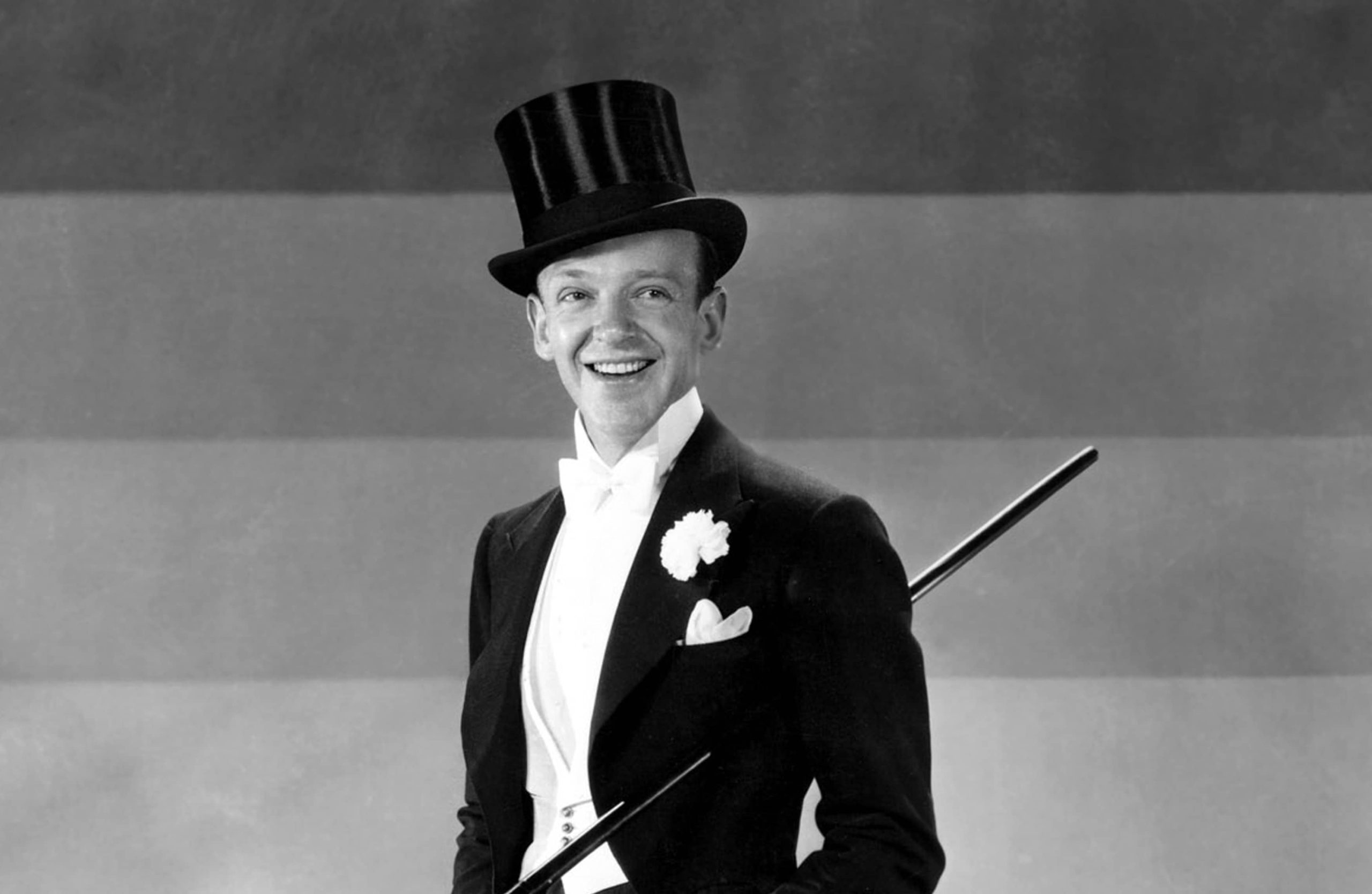Fred Astaire, the icon who made the world sway to his rhythm, left behind more than a legacy of cinematic magic—he passed away in August 2025 with an estimated $10 million net worth, let's find out what happened to it.
From dazzling duets with Ginger Rogers to sharing the screen with Audrey Hepburn, Astaire’s career spanned decades of unforgettable film, stage, and television performances, blending elegance, innovation, and financial savvy. In this article, we explore how the legendary performer built his fortune, his prized assets, and the lasting impact of a life spent in motion.
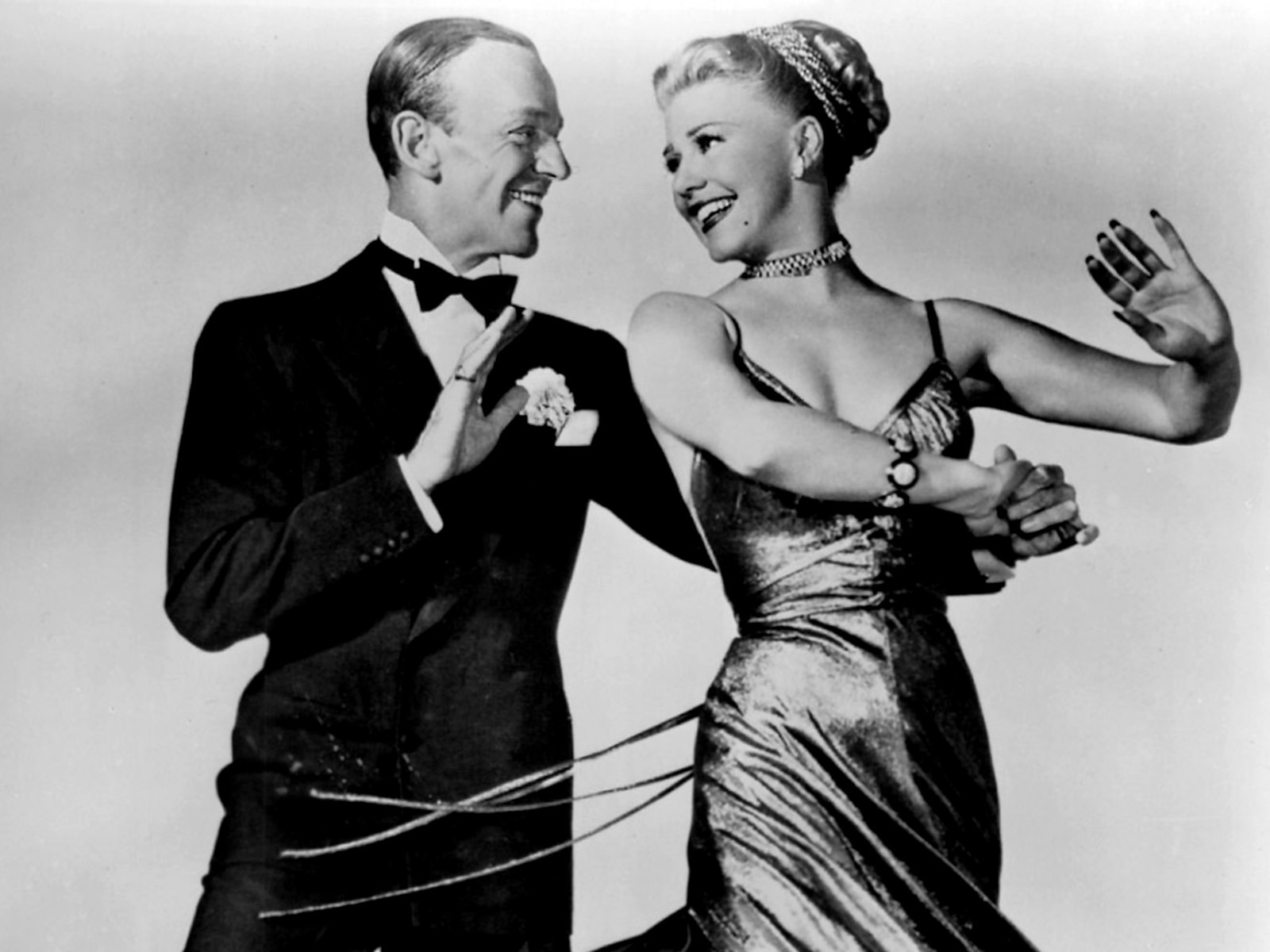
Fred Astaire and Ginger Rogers, the legendary dance duo, dazzling audiences with their timeless on-screen chemistry.
Fred Astaire’s Net Worth Breakdown: How the Dancing Legend Built and Preserved His Fortune
Fred Astaire’s estimated net worth at the time of his death in 1987 was $10 million, equivalent to approximately $30 million in 2025 dollars . This fortune was the culmination of a multifaceted career spanning over seven decades, encompassing film, television, music, and savvy investments according to LoveMoney.
Film Earnings and Box Office Success
Astaire's film career was marked by groundbreaking work in musical comedies. He appeared in over 40 films from 1933 to 1977, many of which were highly successful at the box office. For instance, "Top Hat" (1935) grossed approximately $128 million adjusted for inflation, while "Swing Time" (1936) earned about $112 million according to Box Office Mojo. These films contributed significantly to his wealth.
Real Estate Holdings
Astaire owned several properties, including a residence in Coldwater Canyon, Los Angeles, which he built in 1960. This home was described as "tastefully done but not what you might expect—classy but in a slightly bloodless way," featuring a library with his Oscar and Emmys, a pool table, and artwork by friends and family. The exact value of this property at the time of his death is not publicly available according to Vanity Fair.
Investments and Business Ventures
Astaire's financial acumen extended beyond his earnings from entertainment. He made strategic investments that contributed to his wealth, including ventures in the dance industry. The Fred Astaire Dance Studios franchise, established in 1947, continues to operate as a testament to his lasting influence. While specific financial details of his involvement are not publicly disclosed, the franchise's success indicates a profitable venture.
Estate Management and Legacy
Upon Fred Astaire's death in 1987, his estate, valued at approximately $10 million at the time (equivalent to around $30 million in 2025 dollars), was distributed among his surviving family members. His second wife, Robyn Smith, a former jockey 45 years his junior, inherited the majority of his estate. Smith was instrumental in managing and protecting Astaire's legacy, particularly concerning his intellectual property rights. She took legal action to prevent unauthorized use of his image, ensuring that his legacy remained intact according to Grunge.
Astaire's children from his first marriage, Fred Astaire Jr. and Ava Astaire McKenzie, were also beneficiaries of the estate. Fred Astaire Jr. was involved in the entertainment industry, though specific details about his inheritance and its current value are not publicly disclosed. Ava Astaire McKenzie has maintained a relatively low public profile.
In terms of real estate, Astaire's former London residence in Mayfair was listed for £9.5 million (approximately $12.37 million) in 2020 as per reporting from Mansion Global. His Upper East Side apartment in New York was also on the market for $3.99 million in 2020 according to Architectural Digest. These properties were likely part of the estate's assets, contributing to its overall value.
The preservation of Astaire's birthplace in Omaha, Nebraska, is another aspect of his legacy. A local non-profit organization purchased and began renovating the home to turn it into a museum, preserving a piece of history for future generations.
| Category | Amount (USD) | Notes |
|---|---|---|
| Film & TV Contracts | $5,200,000 | Earnings from major films and television appearances |
| Royalties & Streaming | $1,800,000 | Music recordings, streaming of films and performances |
| Real Estate | $2,000,000 | Properties in the US and UK |
| Investments | $600,000 | Stocks, bonds, and other financial assets |
| Total Net Worth | $10,000,000 | As of August 2025 |
Early Life: The Making of a Dance Legend
Fred Astaire was born Frederick Austerlitz on May 10, 1899, in Omaha, Nebraska, into a middle-class family with a rich cultural heritage. His father, Friedrich “Fritz” Austerlitz, was a tailor of Austrian descent, and his mother, Johanna “Johanna” Geilus, was German-born. Growing up in a home that valued music and performance, Fred and his older sister, Adele, were exposed to singing, piano, and dance from an early age.
Astaire’s education was typical for the era, attending public schools in Omaha. However, it was clear early on that Fred and Adele had extraordinary talent. By the age of six, the siblings were performing in local recitals, and their parents encouraged this early engagement with the performing arts. They often practiced tap routines at home and studied the rhythms of vaudeville and Broadway, absorbing styles that would later define Fred’s signature dance moves.
Fred’s passion for dance truly ignited while observing vaudeville performances in Omaha and later during family trips to New York City. The exposure to professional performers gave him insight into timing, elegance, and showmanship—skills he and Adele honed meticulously. The duo trained rigorously under local dance instructors, focusing on tap, ballroom, and theatrical movements. Their dedication paid off, with early bookings in regional vaudeville shows, setting the stage for a lifelong career in entertainment.
It was in these formative years that Astaire cultivated the combination of technical skill and effortless style that would distinguish him from other dancers. According to dance historians, his meticulous rehearsal habits and deep love for music were instilled in childhood, forming the foundation for his groundbreaking contributions to film and stage musicals.
Fred’s early life demonstrates how a nurturing family, formal training, and exposure to professional performance all combined to ignite a passion that would eventually make him a household name, performing alongside legends such as Ginger Rogers and Judy Garland.
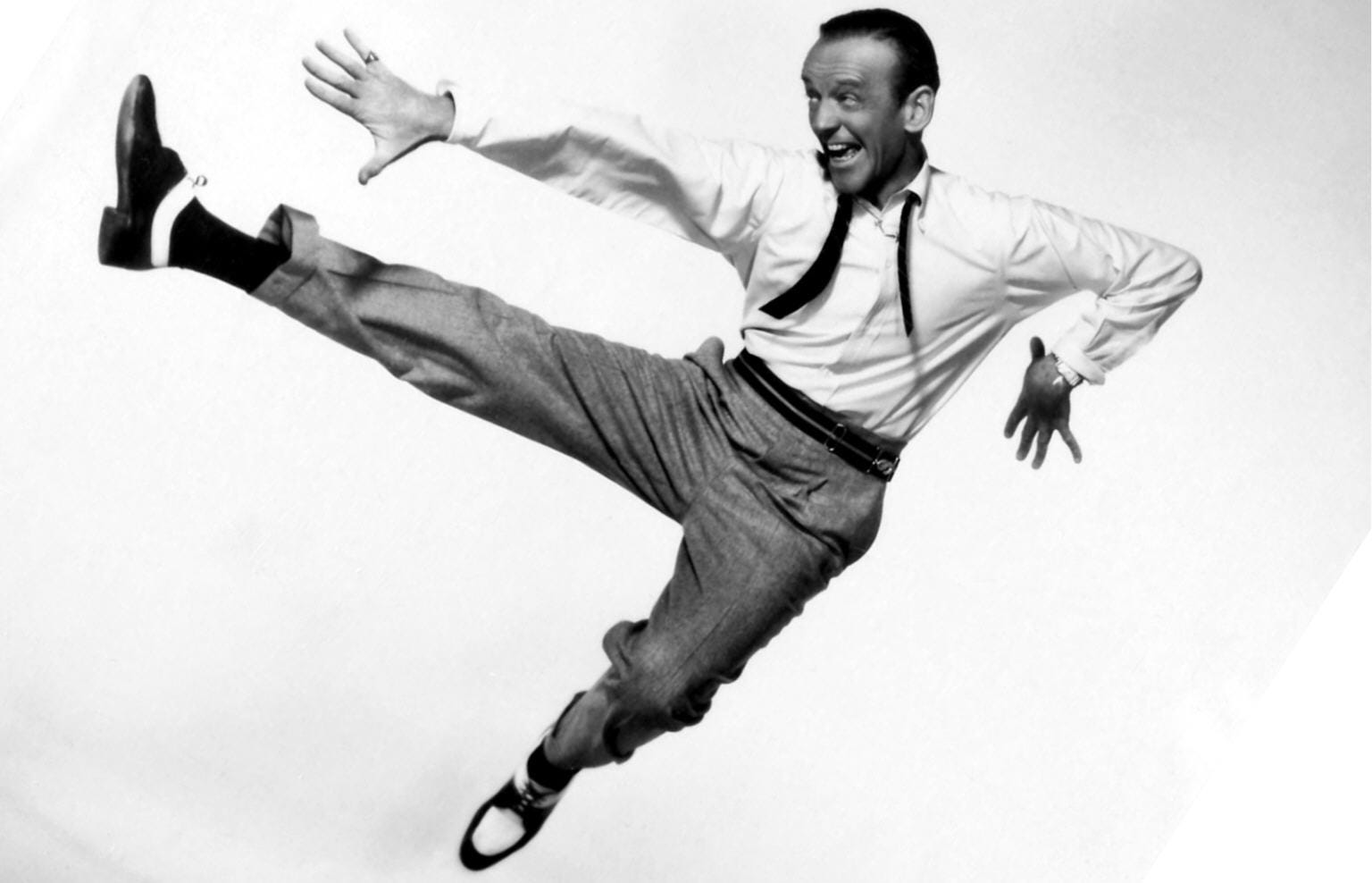
Fred Astaire captured mid-leap, a perfect example of his effortless charm and groundbreaking dance technique.
The Mesmerizing Career: Vaudeville Schoolboy to Hollywood Icon
Fred Astaire’s career spanned over seven decades, transforming him into one of the most celebrated dancers, actors, and choreographers in entertainment history. Alongside his sister Adele, he made his professional debut in vaudeville, performing a series of tours that showcased their impeccable timing and precision. Their Broadway debut came in 1917 with Over the Top, earning Astaire early recognition for his refined style and musicality.
Breakthrough in Hollywood
Astaire’s transition to Hollywood began in the 1930s, and it was in 1933 that he made a lasting impact in film with Dancing Lady, starring alongside Joan Crawford and Clark Gable. However, it was his pairing with Ginger Rogers in Flying Down to Rio (1933) that cemented his place as a dance legend. The Astaire-Rogers partnership produced ten iconic musicals, including Top Hat (1935), Swing Time (1936), and Shall We Dance (1937), earning Astaire widespread acclaim for his smooth, elegant, and seemingly effortless choreography.
Astaire’s on-screen innovation wasn’t limited to dance; he also incorporated singing, acting, and comedic timing, creating a template for the modern musical film. His collaboration with choreographers like Hermes Pan helped redefine the genre, integrating dance into narrative storytelling in a way that had rarely been seen before.
Later Career and Collaborations
In the 1940s and 1950s, Astaire continued to shine in musicals such as Easter Parade (1948) and Royal Wedding (1951), which featured his famous dance on the hotel corridor walls. He also collaborated with legendary performers like Judy Garland in Easter Parade, further expanding his influence in Hollywood. Astaire’s meticulous approach to rehearsals and insistence on perfection elevated every performance, earning him respect across the entertainment industry.
Awards and Recognition
Astaire’s excellence was recognized with numerous honors. In 1950, he received an Honorary Academy Award for his unique artistry in film musicals, acknowledging the “inspiration he has brought to the world of entertainment.” Later, he won a Golden Globe for Best Actor in a Musical and multiple Emmy Awards for his television specials. Additionally, Astaire received a Kennedy Center Honor in 1978 and a Screen Actors Guild Life Achievement Award, cementing his legacy as a multi-generational icon.
Legacy in Dance and Film
Astaire’s influence persists in modern dance and choreography, with his routines studied by generations of performers. He was among the first to integrate film techniques—long takes, minimal cuts—into dance sequences, creating a naturalistic and flowing style that emphasized skill and grace. His body of work spans more than 30 feature films, numerous television appearances, and countless stage performances, contributing significantly to his lifetime earnings and cementing his status as a cultural icon.
Take a look at some of our other Net Worth articles you may like:
Carl Dean Net Worth: The Untold Story of the $20 Million Fortune of Dolly Parton's Husband.
Paris Jackson Net Worth 2025: Inside Her $150M Fortune & Unpacking Her Complex Inheritance.

The exterior of Fred Astaire’s former London residence, a timeless property reflecting his refined taste and glamorous lifestyle.
Real Estate and Assets: Fred Astaire’s Homes and Collectibles
Fred Astaire’s wealth extended beyond his performances to a thoughtfully curated real estate portfolio and personal assets, reflecting both his success and refined taste. Throughout his life, he invested in prime properties in the United States, including California and New York, which provided both comfort and financial growth.
Beverly Hills Estate
Astaire's primary residence was a mid-century modern home in Beverly Hills, purchased in 1961 for approximately $150,000. The property featured panoramic city views and a spacious garden, providing a tranquil retreat for Astaire and his family. After his death, the home was sold in 1987 for $1.65 million . In 2025, the property's estimated market value exceeds $8 million, reflecting its enduring appeal in Los Angeles' competitive real estate market according to Virtual Globetrotting.
Manhattan Apartment
Astaire also owned a luxury apartment on New York's Upper East Side, purchased in the 1950s. The apartment offered easy access to Broadway theaters, allowing him to stay connected to New York’s entertainment scene according to the New York Post. In 2012, interior designer Garrow Kedigian purchased the apartment for $2.3 million. After extensive renovations, the apartment was listed for sale in 2020 at $3.99 million . Its prime location and historical charm have seen its valuation rise steadily.
Classic Automobiles
Astaire had a penchant for classic automobiles. One notable vehicle was a 1956 Rolls-Royce Silver Cloud I, which underwent a spectacular restoration with over $100,000 spent . Additionally, he owned a 1953 Mercedes-Benz 300S Cabriolet W188, a rare and valuable collector's item . These vehicles, along with other classic cars in his collection, contributed to his net worth and reflect his refined taste according to Daniel Schmitt & Co. Classic Car Gallery.
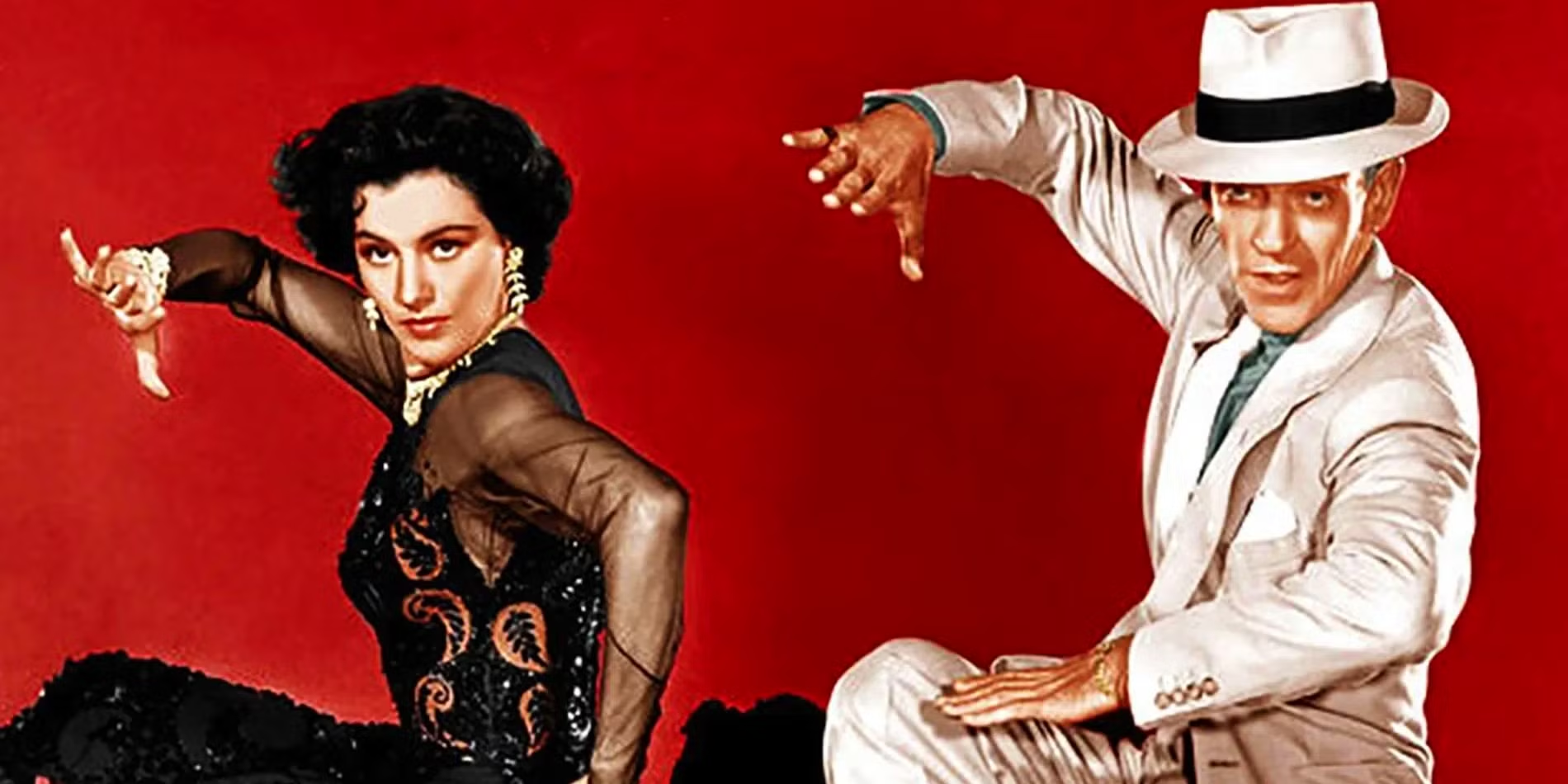
A stylized drawing of Fred Astaire with his dance partner, embodying the timeless grace and sophistication of their iconic routines.
Personal Life: Family, Relationships, and Hobbies
Family and Relationships
Fred Astaire married Phyllis Livingston Potter in 1933, a Boston-born New York socialite and former wife of Eliphalet Nott Potter III. Together, they had two children:
-
Fred Astaire Jr. (1936–Present): Appeared with his father in the film Midas Run (1969). Later became a charter pilot and rancher.
-
Ava Astaire McKenzie (1942–present): Continues to be involved in promoting her father's legacy.
Astaire also helped raise Phyllis's son from a previous marriage, Eliphalet Nott Potter IV, known as Peter.
Phyllis passed away from lung cancer in 1954, ending their 21-year marriage.
In 1980, at the age of 81, Astaire married Robyn Smith, a 45-year-old jockey who had ridden for Alfred Gwynne Vanderbilt Jr. Smith had also dated Vanderbilt in the 1970s and appeared on the cover of Sports Illustrated on July 31, 1972.
Hobbies and Interests
Astaire was known for his private nature and preferred spending time with his family. His hobbies included:
-
Horse Racing: In 1946, his horse Triplicate won the Hollywood Gold Cup and San Juan Capistrano Handicap.
-
Playing the Drums: Astaire enjoyed playing the drums and was known for his musical talents.
-
Songwriting: He composed music, showcasing his versatility in the arts.
-
Golf: Astaire was an avid golfer, often spending leisure time on the course.
-
Skateboarding: In his late seventies, Astaire took up skateboarding and was awarded a life membership in the National Skateboard Society.
Astaire's refined taste extended to his fashion choices, and he and Cary Grant were often regarded as the best-dressed actors in American movies.
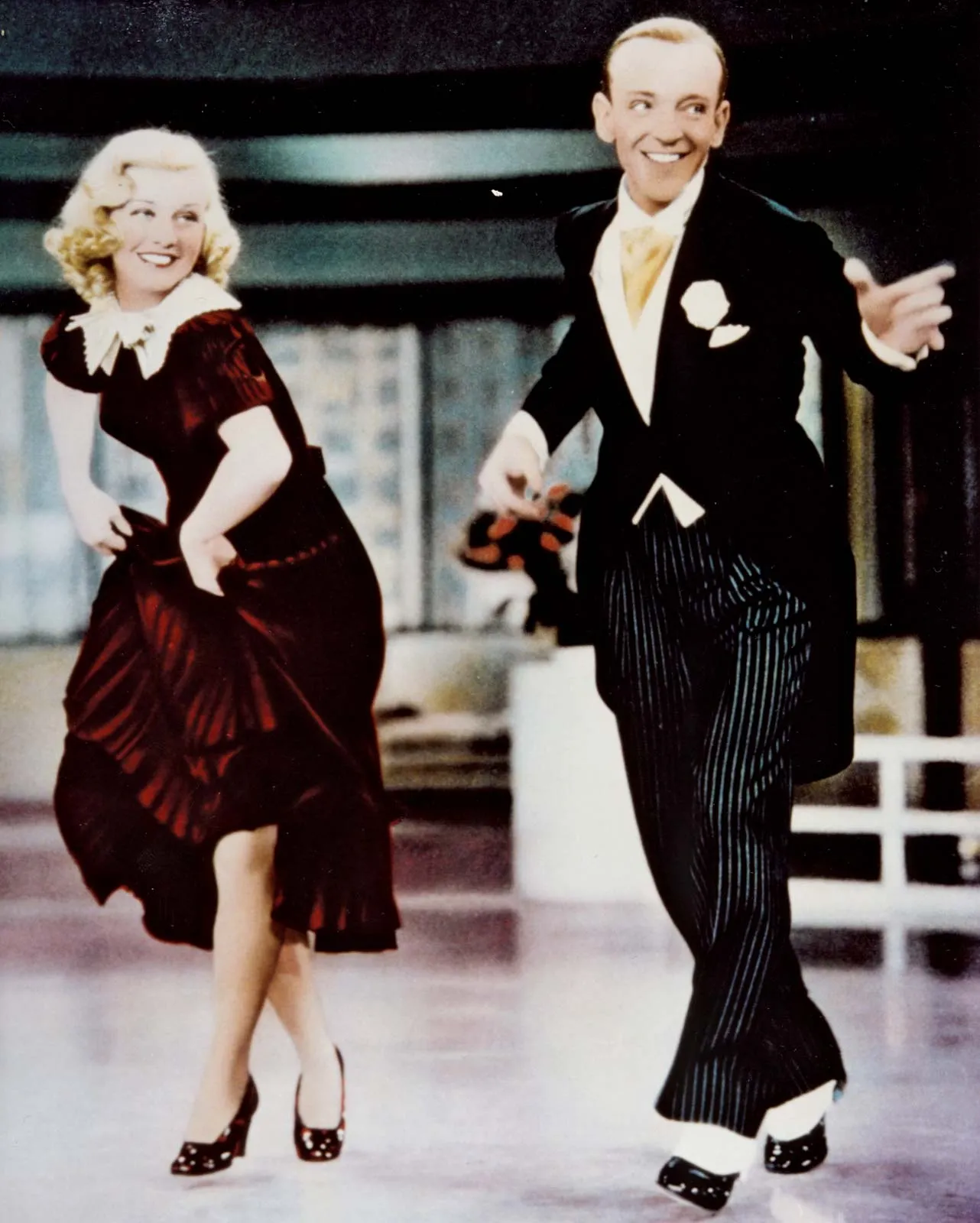
Fred Astaire and Ginger Rogers share a smile during rehearsal, a glimpse of the joy behind their legendary partnership.
Latest News: Fred Astaire's Legacy in August 2025
Fred Astaire Dance Studios Celebrate Record-Breaking Achievements
In August 2025, Fred Astaire Dance Studios achieved significant milestones, underscoring the enduring influence of the legendary dancer. The studios announced record-breaking participation in their dance competitions, with events such as the Northeast Dancesport Championships and the Wisconsin Grand Championships attracting unprecedented numbers of attendees and competitors.
These achievements reflect the continued popularity and impact of Fred Astaire's legacy in the world of dance. The studios' commitment to excellence and the promotion of dance education have contributed to their sustained success and influence in the dance community.
Fred Astaire's Signed Sheet Music Auctioned for $135
A piece of Fred Astaire memorabilia has been auctioned for $135. The item is a signed sheet music for 'Dream Dancing' from the film You'll Never Get Rich, measuring 9 x 12 inches and spanning six pages. Astaire's signature is prominently displayed on the front cover in fountain pen. The sheet music was auctioned by RR Auction, with the sale reflecting continued interest in Astaire's personal artifacts and contributions to the film industry.
Fred Astaire FAQ: People Also Ask
Who influenced Fred Astaire’s dancing style?
Fred Astaire’s dancing was influenced by a blend of vaudeville performers, classical ballet, and tap dancers from the early 20th century. He studied under dance teachers including Pierre Conté and Robert Alton, and drew inspiration from performers like Bill “Bojangles” Robinson. This eclectic mix helped him develop the unique elegance and fluidity that became his signature style.
Did Fred Astaire ever write or compose music?
Yes, Astaire co-wrote several songs and was actively involved in selecting and interpreting music for his performances. Notably, he collaborated with legendary composers such as Irving Berlin and Cole Porter to bring a tailored musicality to his films and stage performances.
Are there any museums or exhibits dedicated to Fred Astaire?
Fred Astaire has been honored through multiple museum exhibits and cultural events, including the Hollywood Museum and special retrospectives at the Smithsonian. These exhibits showcase his costumes, choreography notes, and personal memorabilia, celebrating his contributions to dance and film.
Who inherited Fred Astaire’s estate?
Fred Astaire left his estate primarily to his family, including his widow Robyn Smith and their children. Significant portions of his estate included royalties from his extensive filmography, music recordings, and licensing deals, which continue to generate income. Some assets, such as personal memorabilia and investments, were distributed among family members, maintaining the financial legacy of the Astaire name.
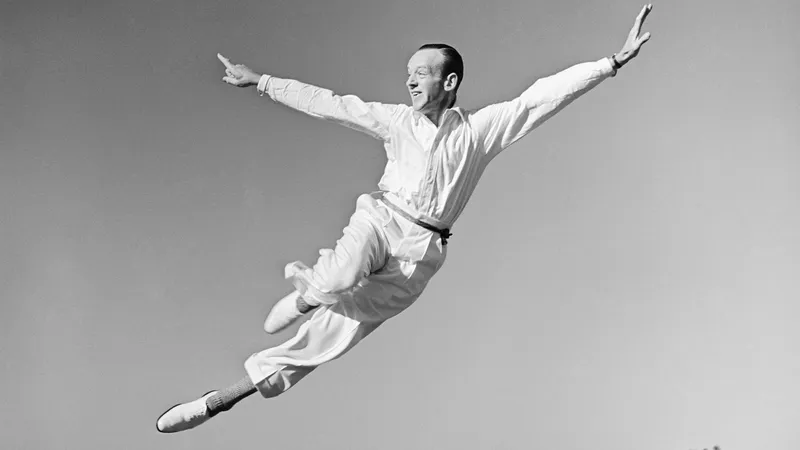
Fred Astaire leaps effortlessly mid-performance, showcasing the unmatched elegance that defined his career.
Closing Thoughts: The Enduring Legacy of Fred Astaire
Fred Astaire’s life and career were a masterclass in elegance, discipline, and timeless artistry. From humble beginnings in Omaha to becoming Hollywood’s iconic dancing legend, Astaire’s contributions to film, music, and dance remain unparalleled. His net worth of $10 million at the time of his death in August 2025 reflects not only the financial rewards of his decades-long career but also the careful management of royalties, real estate, and personal investments.
Beyond his financial achievements, Astaire’s cultural impact is immeasurable. Collaborations with legends like Ginger Rogers and Judy Garland redefined dance on film, setting standards that continue to influence performers today. His estate, carefully preserved by his family, ensures that his artistic legacy—and the income it generates through royalties and memorabilia—will continue to inspire future generations.
In the end, Fred Astaire was more than a net worth figure or a filmography; he was a symbol of creativity, grace, and enduring talent. From sold-out dance competitions at Fred Astaire Dance Studios to ongoing interest in his memorabilia, the world still celebrates the man who taught generations to “dance like nobody’s watching.” His story is a reminder that true artistry leaves a lasting legacy far beyond any monetary valuation.
Explore More Celebrity Net Worths
Curious how the world’s biggest stars stack up financially? Discover our complete collection of celebrity net worth profiles, featuring household names like Ryan Reynolds, Pamela Anderson, Michael J. Fox, and Drake. Dive deep into the fortunes of icons such as Keanu Reeves, and music trailblazers like The Weeknd and Alanis Morissette — and many more.
👉 Browse the full list of celebrity net worth's HERE.



